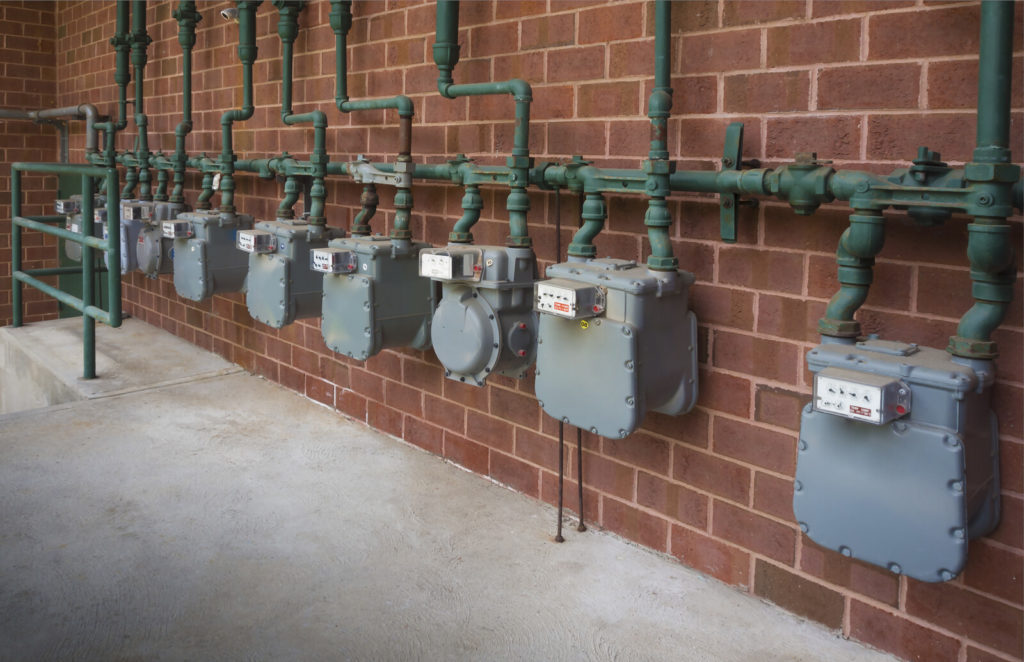 U.S. natural gas futures fell about 6% to a one-week low on Monday on record output, forecasts for less hot weather over the next two weeks, stagnant gas flows to liquefied natural gas export plants and ample amounts of gas in storage.
U.S. natural gas futures fell about 6% to a one-week low on Monday on record output, forecasts for less hot weather over the next two weeks, stagnant gas flows to liquefied natural gas export plants and ample amounts of gas in storage.
Front-month gas futures for August delivery on the New York Mercantile Exchange fell 21.1 cents, or 5.9%, to $3.354 per million British thermal units at 10:03 a.m. EDT (1403 GMT), putting the contract on track for its lowest close since July 11.
Looking ahead, the premium of futures for March over April 2026, fell to its lowest since March 2020.
The industry calls the March-April spread the “widow maker” because rapid price moves resulting from changing weather forecasts have forced some speculators out of business, including the Amaranth hedge fund, which lost more than $6 billion in 2006.
The industry uses the March-April and October-November spreads to bet on winter weather forecasts and supply and demand since March is the last month of the winter heating season when utilities pull gas out of storage and October is the last month of the summer cooling season when utilities inject gas into storage.
Despite hotter than normal weather so far this summer, analysts projected record output would allow energy firms to keep injecting more gas into storage than usual in coming weeks. Gas stockpiles were already about 6% above normal levels for this time of year.
SUPPLY AND DEMAND
LSEG said average gas output in the Lower 48 rose to 107.2 billion cubic feet per day so far in July, up from a monthly record high of 106.4 bcfd in June.
On a daily basis, output hit a record high of 108.5 bcfd on July 18, topping the prior all-time daily high of 107.9 bcfd on July 14.
Meteorologists forecast the weather in the Lower 48 U.S. states would remain mostly hotter than normal through at least August 5, with the hottest days so far this summer expected over the next week or two.
Temperatures across the country will average around 81 degrees Fahrenheit (27.2 degrees Celsius) from July 24-29, on track to top this summer’s current hottest daily average of 80 F on June 24 but still below the daily average record high of 83 F on July 20, 2022, according to data from financial firm LSEG going back to 2018.
LSEG forecast average gas demand in the Lower 48, including exports, would rise from 106.3 bcfd this week to 110.4 bcfd next week. Those forecasts were lower than LSEG’s outlook on Friday.
The average amount of gas flowing to the eight big U.S. liquefied natural gas (LNG) export plants rose to 15.8 bcfd so far in July as liquefaction units at some plants slowly exited maintenance reductions and unexpected outages. That was up from 14.3 bcfd in June and 15.0 bcfd in May, but remained below the monthly record high of 16.0 bcfd in April.
Gas flows to U.S. energy firm Cheniere Energy’s 3.9-bcfd Corpus Christi LNG export plant in Texas were on track to decline to 1.7 bcfd on Monday from 2.2 bcfd on Sunday and an average of 2.3 bcfd over the prior seven days, according to LSEG data.
Officials at Cheniere had no comment on the reduction. The company, however, has said in a report that compressor work on a pipeline providing gas to the plant could reduce gas flows by around 0.4 bcfd on July 24.
(Reporting by Scott DiSavino; Editing by Kirsten Donovan)